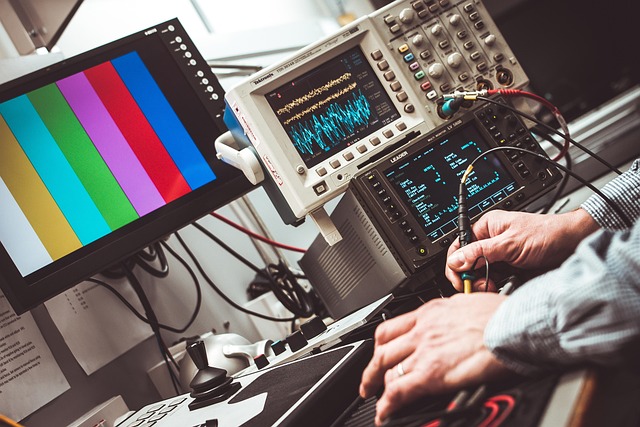
Mastering Oscilloscope: A Comprehensive Guide for IT Professionals
Understanding the Oscilloscope: A Vital Tool for IT Professionals
In the ever-evolving world of information technology, possessing the right tools can greatly enhance the troubleshooting process and the overall quality of the work. One such indispensable tool in the IT arsenal is the oscilloscope. This device is not just a piece of equipment found in laboratories; it’s an essential ally for IT professionals dealing with complex electronic signals.
Whether you are working with circuits, developing embedded systems, or debugging communication devices, an oscilloscope provides a visual representation of electrical signals over time. It allows you to observe signal characteristics that are impossible to capture with a basic multimeter. Understanding how to use this powerful tool can significantly improve your ability to diagnose problems and ensure system functionality.
The Basics of Oscilloscope Functionality
At its core, an oscilloscope measures voltage and time, allowing IT professionals to see how electrical signals change over time. Typically, oscilloscopes will display a waveform on a screen, providing valuable insight into the behavior of the signals being tested. This is particularly advantageous in IT environments where precision and accuracy are paramount.
Modern oscilloscopes come equipped with advanced features such as triggering, storage, and even automated measurement capabilities. These features simplify the troubleshooting process, especially when deciphering complex signals or intermittent issues that may not be captured during a single measurement.
Utilizing Oscilloscopes in IT
For IT professionals, understanding the oscilloscope’s applications can mean the difference between a quick fix and a prolonged issue. Whether you’re working on networking hardware, IoT devices, or any electronic component, leveraging an oscilloscope can help identify problems such as:
- Signal Integrity: Assessing the clarity of signals can prevent data corruption and loss.
- Timing Analysis: Observing the timing and synchronization of digital signals can help debug communication protocols.
- Noise Issues: Visualizing electrical noise can identify interference and improve the overall performance of devices.
Choosing the Right Oscilloscope
With a variety of oscilloscopes available on the market, selecting the right one for your IT needs is essential. Consider factors such as bandwidth, sample rate, and the number of channels. A higher bandwidth oscilloscope can measure faster signals, while a multi-channel oscilloscope provides more flexibility in visualizing multiple signals simultaneously.
Additionally, consider your specific applications. For example, if you are often working on high-speed digital circuits, an oscilloscope with advanced triggering capabilities and deep memory might be a necessity. Conversely, simple maintenance tasks may only require a basic model.
Hands-On Practice
As with any tool, the best way to master an oscilloscope is through hands-on experience. Start with basic measurements, such as examining sine waves from a function generator, gradually moving to more complex signals in real-world applications. Familiarizing yourself with the user interface and settings will make troubleshooting feel more intuitive over time.
In the realm of information technology, mastering an oscilloscope fosters confidence in resolving electrical signal issues effectively. Whether diagnosing hardware failures or fine-tuning communication systems, understanding this essential tool empowers IT professionals to deliver high-quality solutions and maintain system reliability.



